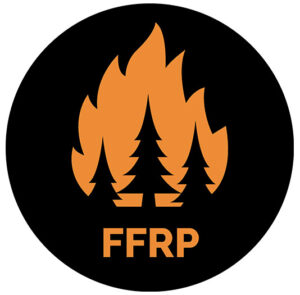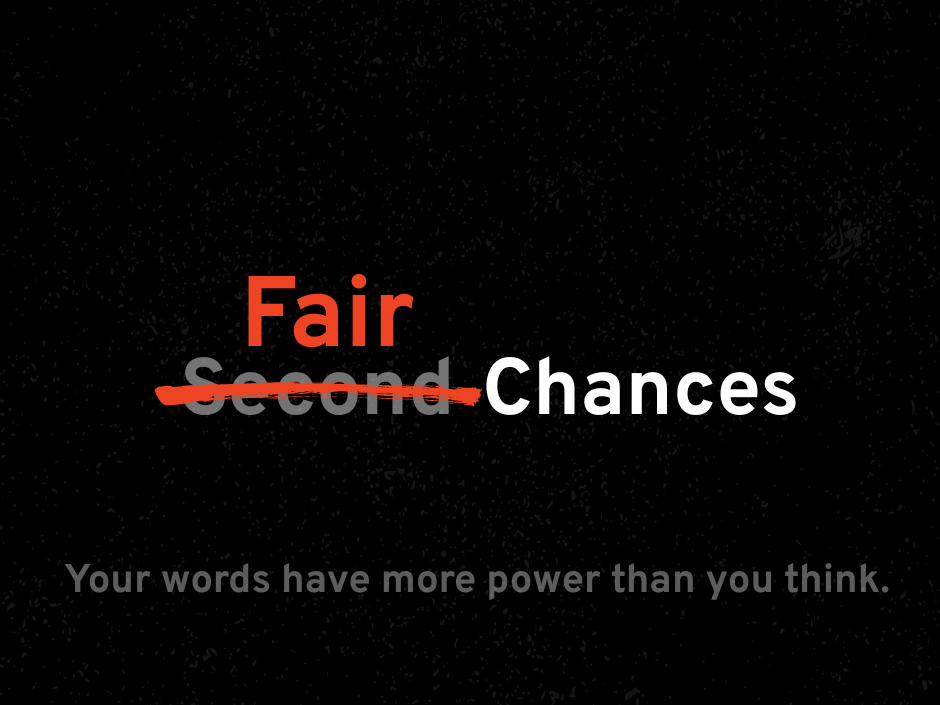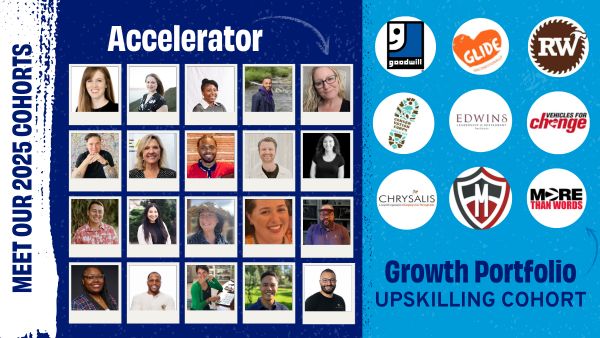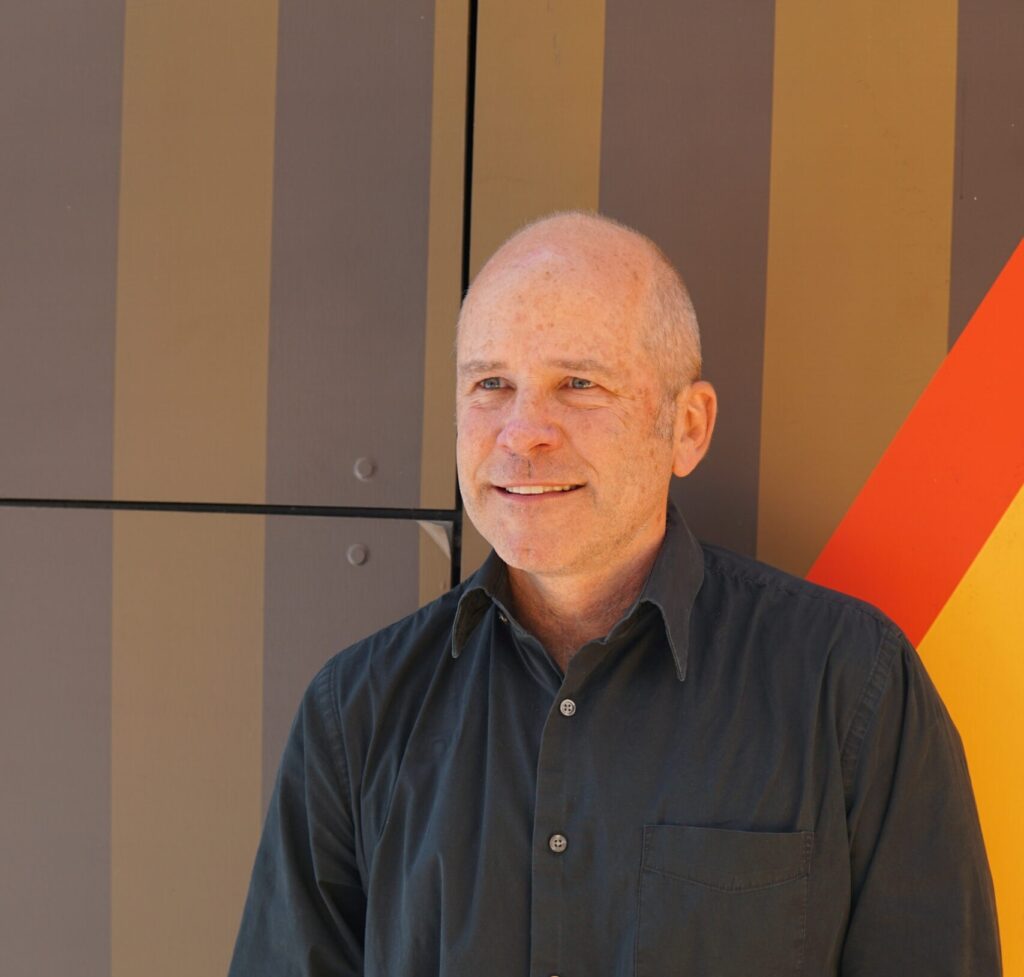IN THIS POST
One of my main motivations for getting an MBA is to level up my ability to make a positive impact through my career in the climate space. With the passing of Inflation Reduction Act, I realized this is just the beginning of the work, because having a green economic transition is not enough; what we really need is a just and inclusive green economic transition that fully includes and benefits the communities who have been disproportionately bearing the brunt of climate change (or global burning). Before going into winter break, I shared my recurring thoughts and concerns about climate and equity with a friend at Marshall Net Impact, who immediately encouraged me to explore REDF’s Farber Fellowship. So, I went for it, as it aligned with my goals to “make every job a climate job.”

I was elated upon learning I would spend my Farber summer with FFRP/UAFFP (Forestry & Fire Recruitment Program / Urban Association of Forestry and Fire Professionals), an employment social enterprise (ESE) at the intersection of addressing the climate crisis, criminal (in)justice, and workforce development. FFRP/UAFFP provides training and support for formerly incarcerated California wildland firefighters pursuing careers in fire prevention and suppression, and this was its first year in REDF’s Growth Portfolio. Going into the internship, I was ready to learn more about the critical issue of wildland fire prevention (because unfortunately the Golden State’s decarbonization efforts often get severely offset by our wildland fires), but more importantly, to learn from the inspiring leaders in the ESE and in the wider REDF community.
My project was to refine a business plan and growth strategy for FFRP/UAFFP. Specifically, I focused on analyzing the market landscape of the fire prevention industry and recommending actionable steps that will drive the ESE’s fee-for-service business lines to strengthen its financial sustainability and resilience. I also built a project bidding calculator and provided my insights about a venture criteria framework that the ESE could utilize as it grows. In addition, I interviewed other ESE leaders working with specialty hand crew-based business models, followed the Buffalos (firefighter trainees) into the woods to observe the hard work of fire prevention services, and even attended the California Adaptation Forum where FFRP co-founder Chief Ramey gave a talk about the good work happening at FFRP/UAFFP.
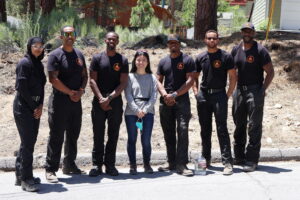
I am forever grateful for the mentorship provided by Cari (FFRP/UAFFP’s Director of Strategy and Innovation), the inspiring conversations that Chief Ramey shared with me both about the ESE and the justice and fire landscapes in general, and all the Buffalos who gave me the grace to follow them around and ask oh so many questions. The Farber internship has definitely given me more than I anticipated, as nothing compares to the humbling experience of learning alongside an ESE that is also learning to grow with all the unique characteristics of its members.
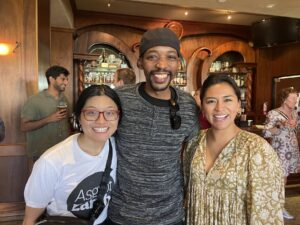
It takes a village to work on a mission so critical. I was beyond lucky to also have the support from several REDF teammates, including FFRP/UAFFP’s REDF Portfolio Manager Trini, Capacity Building Manager Elizabeth, the REDF Community Team (for those helpful connections on scheduling interviews), and of course, our unofficial Farber parents, Jeff and Maura!
The internship packed a lot of thoughtful professional development opportunities along the way, from the REDF retreat to the weekly ESE topic learning sessions and the close-out presentations. My favorite interactions were those candid moments of catching another REDFer and just talking about the human experience. Another true treasure from my Farber experience is the tribe of other MBA students who also care about making a tangible impact and building an inclusive economy.
Now that I am a second year MBA student heading the Marshall Net Impact club, I am still processing and reflecting on the profound experience that the Farber Fellow program has endowed me with. It may have steered me more toward my rightful angle of approaching the climate crisis, which is building meaningful relationships that uplift the fellow climate warriors who have been largely excluded from the “traditional” table. A seed of social entrepreneurship may have just landed in my mind.
